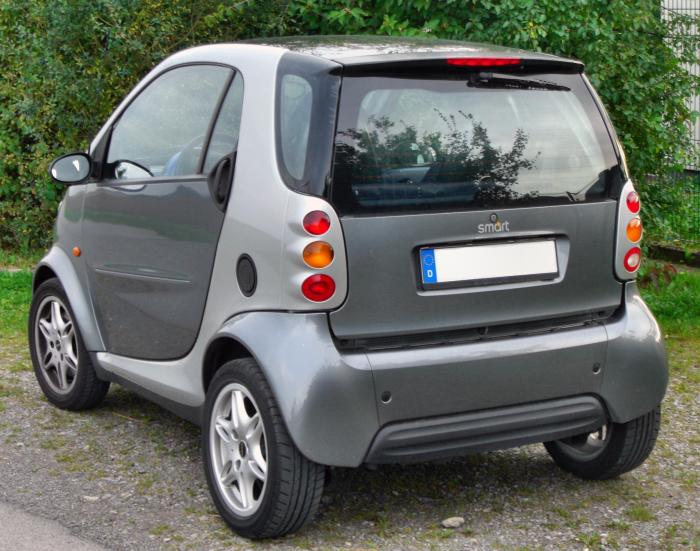What Is a Smart Home and How Does It Work? is not just a simple question; it’s the gateway to understanding a revolutionary shift in how we live. Imagine your home anticipating your needs, adjusting the lights to match your mood, and even helping you save on energy costs—all while keeping you secure.
Smart homes combine technology and convenience, evolving from mere automation to interconnected systems that enhance daily life. With the rise of IoT, AI, and smart devices, our homes are transforming into central hubs of efficiency and comfort, making life not just easier but smarter.
Introduction to Smart Homes
Smart homes represent a revolutionary change in how we interact with our living spaces, seamlessly blending technology and daily life. The concept centers around automating home functions, from lighting to security, enhancing comfort, convenience, and efficiency in modern living. As technology has evolved, so too has the idea of home automation, transforming houses into intelligent environments that respond to our needs and preferences.
The journey of home automation began with simple remote controls and timers for appliances, but it has advanced significantly with the introduction of internet-connected devices. This evolution has sparked a lifestyle shift where homeowners can control various aspects of their homes remotely, fostering a more integrated and efficient living experience. Key components of a smart home include smart lighting, thermostats, security systems, and voice-activated assistants, all working together to create a cohesive and responsive environment.
Key Technologies Behind Smart Homes

The backbone of smart homes is built on several essential technologies that enable connectivity and functionality. One of the primary technologies is the Internet of Things (IoT), which connects devices and allows them to communicate with one another. This interconnectivity is enhanced by sensors that monitor various environmental parameters, such as temperature, humidity, and motion.
Wireless connectivity plays a crucial role in smart home functionality, facilitating communication between devices and central control systems. Most smart homes utilize Wi-Fi, Bluetooth, Zigbee, or Z-Wave protocols to ensure seamless device interaction. This connectivity not only allows for remote control but also enables automation, where devices can respond to specific conditions or triggers without user intervention.
Benefits of Smart Homes

Smart homes offer a plethora of advantages that enhance the quality of life for homeowners.
- Increased convenience through automation and remote control of devices.
- Enhancement of energy efficiency, leading to significant cost savings on utility bills.
- Improved security with real-time surveillance and alerts for unusual activities.
- Customization options for lighting, heating, and entertainment systems to suit individual preferences.
- Integration of health monitoring devices that can provide insights into well-being.
The energy efficiency of smart homes is notable, as devices can be programmed to operate only when needed, reducing waste. Additionally, features like smart thermostats learn user habits to optimize heating and cooling, resulting in lower energy consumption. Enhanced security measures, such as smart locks and cameras, provide peace of mind, allowing homeowners to monitor their property from anywhere in the world.
Common Smart Home Devices, What Is a Smart Home and How Does It Work?

A variety of smart home devices are available, each serving distinct functions that contribute to an interconnected living environment. Below is a table showcasing some popular smart home devices, their functionalities, and examples.
| Device Type | Functionality | Examples |
|---|---|---|
| Smart Thermostats | Regulate home temperature based on user preferences. | Nest, Ecobee |
| Smart Lights | Control brightness and color via apps or voice commands. | Philips Hue, LIFX |
| Security Cameras | Provide live video feeds and alerts for motion detection. | Ring, Arlo |
| Smart Speakers | Assist with voice commands for controlling devices and playing media. | Amazon Echo, Google Nest Hub |
Smart appliances, such as refrigerators that monitor food inventory or washing machines that can be controlled remotely, streamline daily tasks and enhance convenience.
Setting Up a Smart Home
Establishing a smart home requires careful planning and a clear understanding of the available technology. The initial steps for setting up a smart home include:
- Assessing your needs and determining which areas of your home could benefit from automation.
- Choosing a central hub or platform that will serve as the command center for your devices.
- Ensuring all devices are compatible with each other and the chosen hub.
- Installing necessary applications for controlling and managing devices.
Essential tools for installation may include smart plugs, hub devices, and compatible apps for monitoring and managing your system. Following best practices for network security, such as using strong passwords and enabling two-factor authentication, is critical to protect your smart home from potential cyber threats.
Challenges and Considerations
While the benefits of smart homes are compelling, there are several challenges and considerations to keep in mind. Common issues include device compatibility, where not all devices can communicate with each other due to differing protocols. This can lead to a fragmented system that fails to deliver the desired convenience.
Privacy concerns are paramount, as smart home devices often require continuous data collection to function effectively. Homeowners must be vigilant about the type of data shared and take steps to secure their network. Regular technological updates and maintenance are necessary to ensure devices remain secure and functional, preventing vulnerabilities that could be exploited.
Future of Smart Homes
The future of smart homes is poised for exciting advancements, particularly with the continuous evolution of AI and machine learning technologies. Emerging trends suggest that future smart homes will not only become more intuitive but will also predict user behavior and preferences to create an even more personalized living experience.
Innovations like advanced voice recognition, automated health monitoring, and adaptive energy management systems are likely to shape the next generation of smart homes. Additionally, the implications of smart homes extend beyond individual dwellings, influencing urban development by promoting sustainable living environments that integrate technology into community planning.
Closing Summary: What Is A Smart Home And How Does It Work?
In conclusion, the exploration of smart homes reveals a landscape rich with opportunities and challenges alike. As technology continues to advance, the future of our living spaces is poised to become even more integrated, secure, and efficient, inviting us to embrace a lifestyle that’s not only modern but also smart.